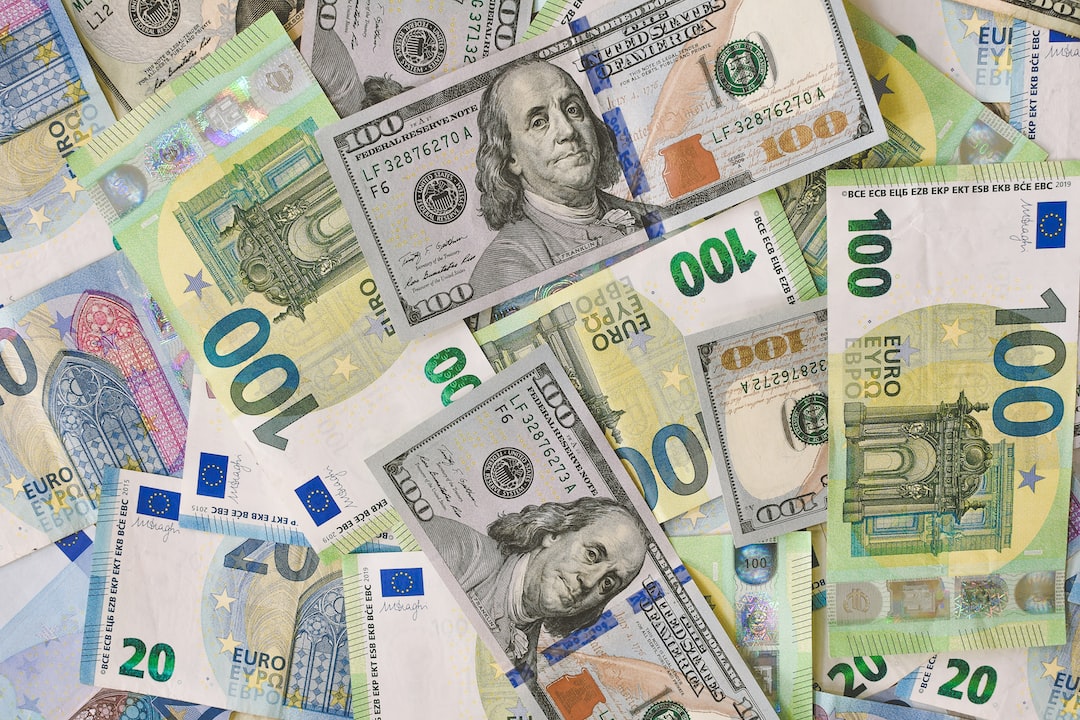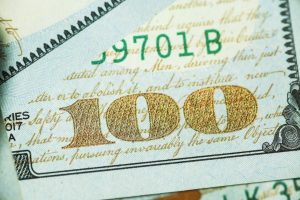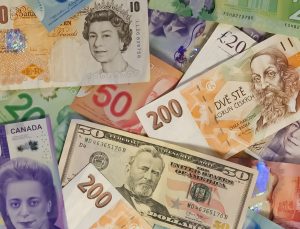Forex trading is a highly profitable yet complex financial market. One of the most critical skills you need to develop to be successful in Forex trading is reading Forex charts. Forex charts are graphical representations of the price movement of currency pairs over time. They provide traders with a visual representation of the market, allowing them to identify trends and make informed trading decisions. In this article, we will explain how to read Forex charts step by step.
Step 1: Choose Your Timeframe
The first step in reading Forex charts is to choose your timeframe. Forex charts can be viewed in various timeframes, including 1 minute, 5 minutes, 15 minutes, 30 minutes, 1 hour, 4 hours, daily, weekly, and monthly. The timeframe you choose depends on your trading strategy and goals. For short-term traders who aim to make quick profits, a 1-minute or 5-minute chart may be suitable. For long-term traders who aim to hold their positions for several days or weeks, a daily or weekly chart may be more appropriate.
Step 2: Identify the Currency Pair
The next step is to identify the currency pair you want to trade. Forex charts display the price movement of two currencies, also known as a currency pair. The currency pair is represented on the Forex chart with the base currency on the left and the quote currency on the right. For example, in the EUR/USD currency pair, the Euro is the base currency, and the US Dollar is the quote currency.
Step 3: Understand the Price Movement
Forex charts display the price movement of a currency pair over time. The price movement is represented by bars, candles, or lines. Each bar or candle represents a specific timeframe, and the length of the bar or candle represents the price range within that timeframe. The line chart shows the closing price of the currency pair for each timeframe. Traders use these charts to identify patterns and trends in the price movement.
Step 4: Analyze Technical Indicators
Forex charts can also display technical indicators that help traders make informed decisions. Technical indicators are mathematical calculations based on the price and/or volume of a currency pair. They are used to identify trends, momentum, and potential reversal points in the market. Some of the most common technical indicators used in Forex trading include moving averages, Bollinger Bands, Relative Strength Index (RSI), and MACD.
Step 5: Identify Support and Resistance Levels
Another critical aspect of reading Forex charts is identifying support and resistance levels. Support levels are price levels where buying pressure is strong enough to prevent the price from falling further. Resistance levels are price levels where selling pressure is strong enough to prevent the price from rising further. These levels can be identified by looking at the price history of a currency pair and identifying price levels where the price has bounced off multiple times in the past.
Step 6: Monitor Economic Events
Finally, it is essential to monitor economic events that can affect the price movement of a currency pair. Economic events such as interest rate decisions, GDP reports, and employment data can have a significant impact on the Forex market. Traders should keep an eye on the economic calendar and be aware of any upcoming events that could affect the currency pairs they are trading.
Conclusion
Reading Forex charts is a crucial skill for any Forex trader. By understanding how to read Forex charts, traders can identify trends, support and resistance levels, and potential reversal points. They can also use technical indicators to make informed trading decisions. However, it is essential to remember that Forex trading involves risk, and traders should always use proper risk management strategies to protect their investments.





